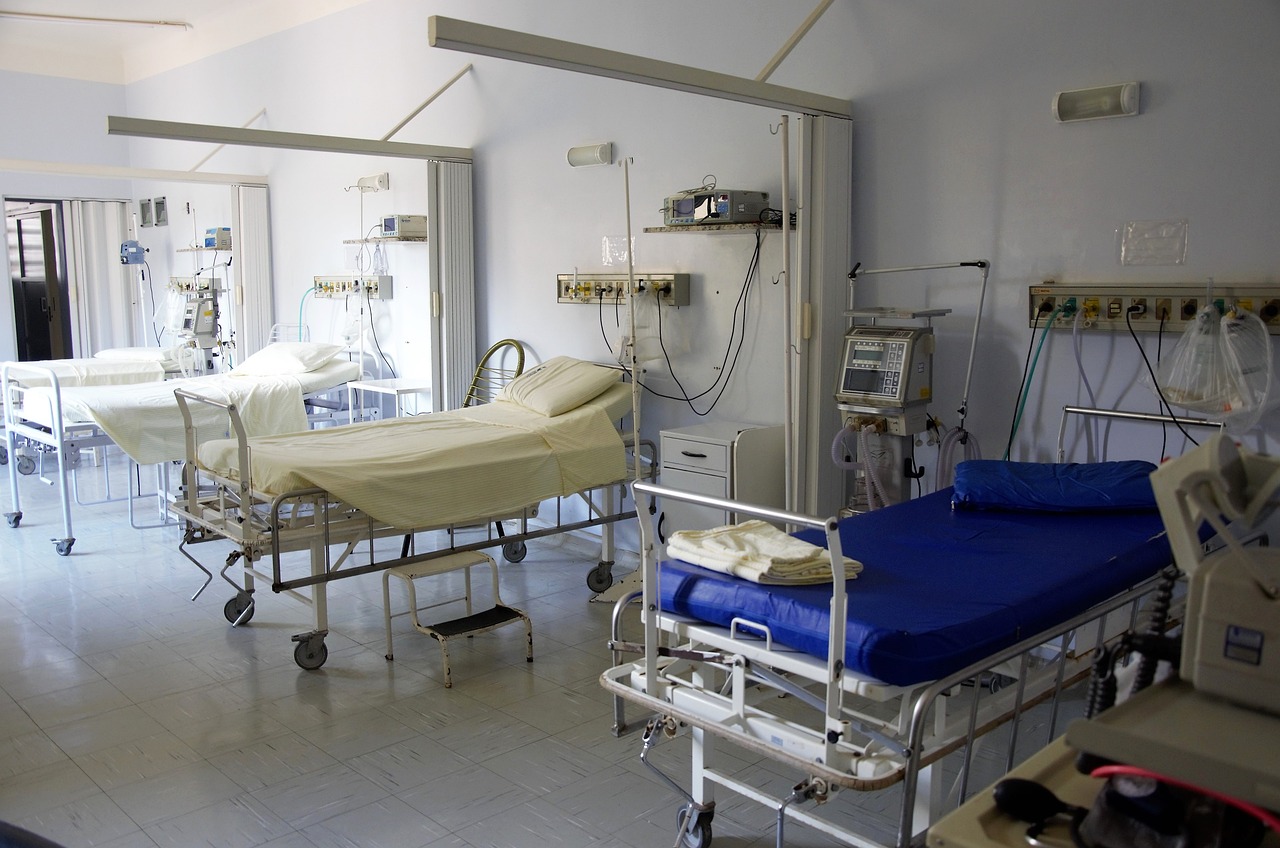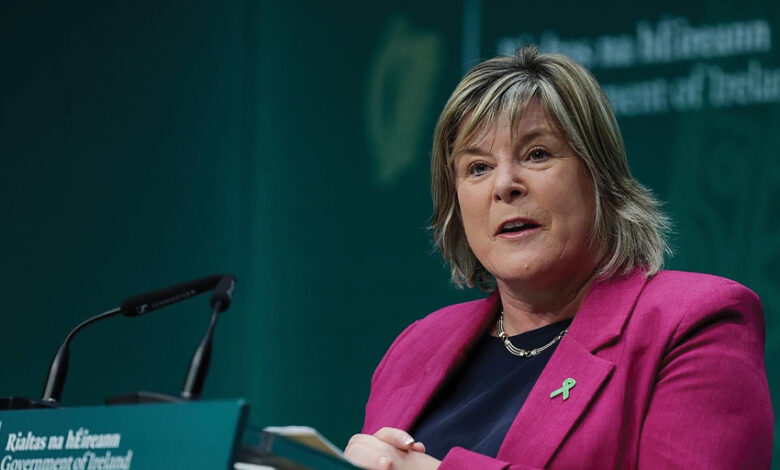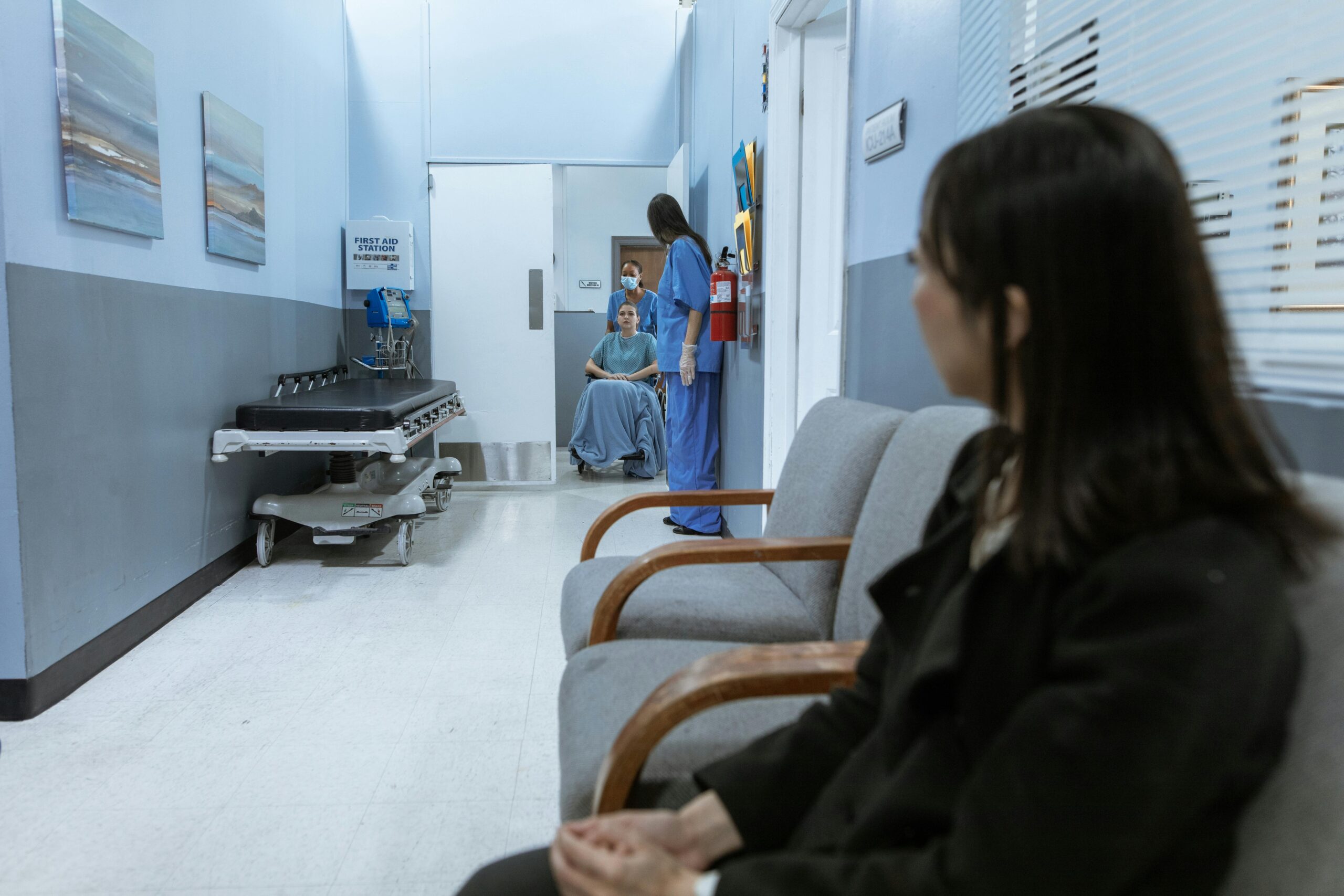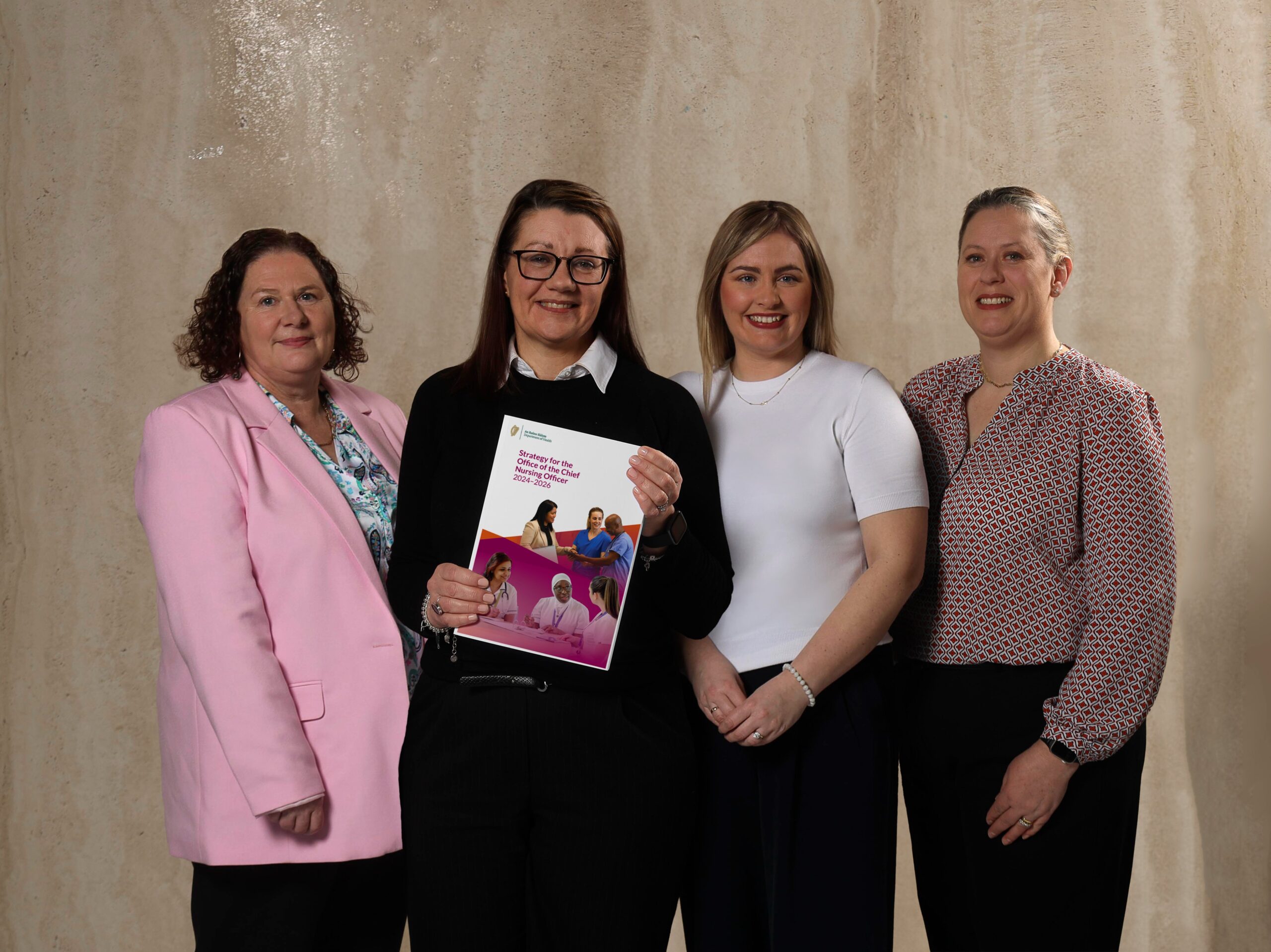National Clinical Guideline No. 29: Unexpected Intraoperative Life Threatening Haemorrhage

The Minister for Health, Stephen Donnelly welcomes the publication of a new National Clinical Effectiveness Guideline to provide clinical staff with evidence-based actions to assist with preventing, recognising, managing and responding to an unexpected intraoperative life threatening haemorrhage.
The development of this guideline was led by the Unexpected Intraoperative Life Threatening Haemorrhage Guideline Development Group, chaired by Professor John Hyland, Consultant Surgeon General/Colorectal and Past President of the Royal College of Surgeons Ireland (RCSI). This guideline is supported by the RCSI, the Health Services Executive (HSE), the College of Anaesthesiologists of Ireland, the HSE National Clinical Programme for Surgery and HSE National Clinical Programme for Anaesthesia.
In clinical practice, unexpected intraoperative life threatening haemorrhage is an acute emergency, even for an experienced practitioner. This is the first national guideline to be published in Ireland regarding strategies and pathways for the prevention, recognition or management of life threatening haemorrhages which occur intraoperatively.
Supporting the publication, Minister Donnelly said, \”I am pleased to endorse this National Clinical Guideline in relation to Unexpected Intraoperative Life-Threatening Haemorrhage. Work will now commence on its implementation across the health service to help support safe, high-quality care for patients. This guideline will help healthcare workers provide care based on the best available evidence. It has been informed by a full public consultation and reviewed by international experts and I acknowledge the work of all involved to make these guidelines available for patient care.”
Dr Tony Holohan, Chief Medical Officer said, \”I greatly welcome this latest National Clinical Guideline, which was developed by a multi-disciplinary Guideline Development Group, led by Professor John Hyland. Making this evidence available in an accessible way to healthcare professionals is critical in enabling evidence-based practice and safe, high quality patient care.\”
\”The guideline has been quality assured by the National Clinical Effectiveness Committee in line with international best practice. Ireland now has comprehensive, high-quality evidence based clinical guidelines to support healthcare professionals and citizens.\”
Rachel Kenna, Chief Nursing Officer said, \”care of a patient with a life-threatening intraoperative haemorrhage involves a multidisciplinary healthcare team working across different departments. The development of this guideline provides a rigorous evidence base to promote best practice and reduce variation in Ireland for this important patient safety issue. This provides recommendations on the evidence-based practices and is an important enabler for improved care, standardised practice and better outcomes for patients and their families. I would like to thank and acknowledge the work of all involved in the development of this guideline.\”
Professor John Hyland, Chair of the Guideline Development Group and Consultant Surgeon General/Colorectal, Past President RCSI, said, \”Life Threatening Haemorrhage whilst quite rare still represents a serious issue in clinical practice and carries a considerable risk of intraoperative mortality. It is imperative that the identification and management of this unexpected clinical event be undertaken efficiently and effectively. The management of a life threatening haemorrhage event requires multidisciplinary involvement of those within the theatre team and supporting roles outside theatre.\”
\”The Guideline Development Group undertook extensive evidence based research and have finalised 17 recommendations to assist with prevention, identification and management of unexpected life threatening haemorrhage. Education and communication within the multidisciplinary team are essential to enable these recommendations and include areas such as regular drills at a theatre level (including members of the theatre team, medical scientists in the transfusion laboratory, porters) and the simulation training of a life threatening haemorrhage event for surgical, gynaecology and anaesthesiology trainees. The implementation of all recommendations will better support our colleagues and improve patient safety to reduce mortality in these unexpected events.\”
The Minister for Health, Stephen Donnelly congratulated the Guideline Chair, the Guideline Development Group and all who worked to bring this guideline to final publication today so that the guideline is available for healthcare professionals to use in patient care.
You might also like
For relevant updates on Emergency Services news and events, subscribe to EmergencyServices.ie









